

Stone Farm: For half of a century.
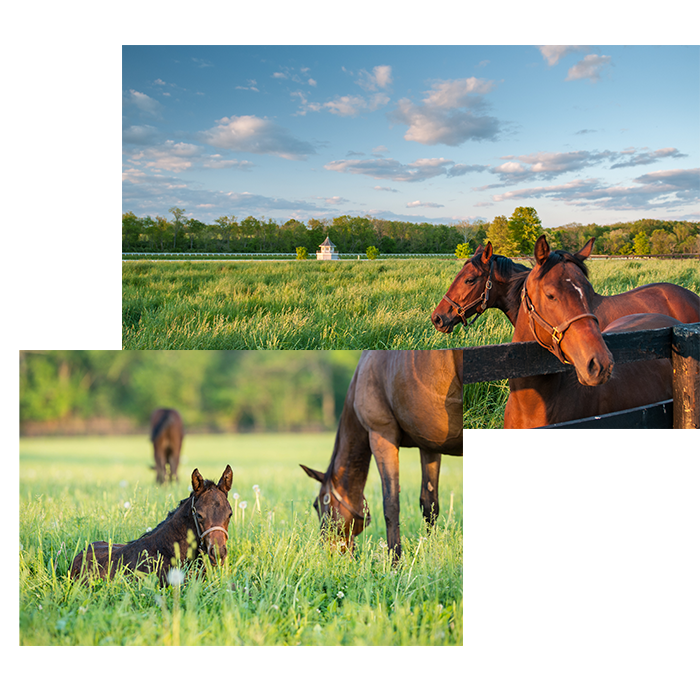
If you take care of the land,
the land will take care of you.
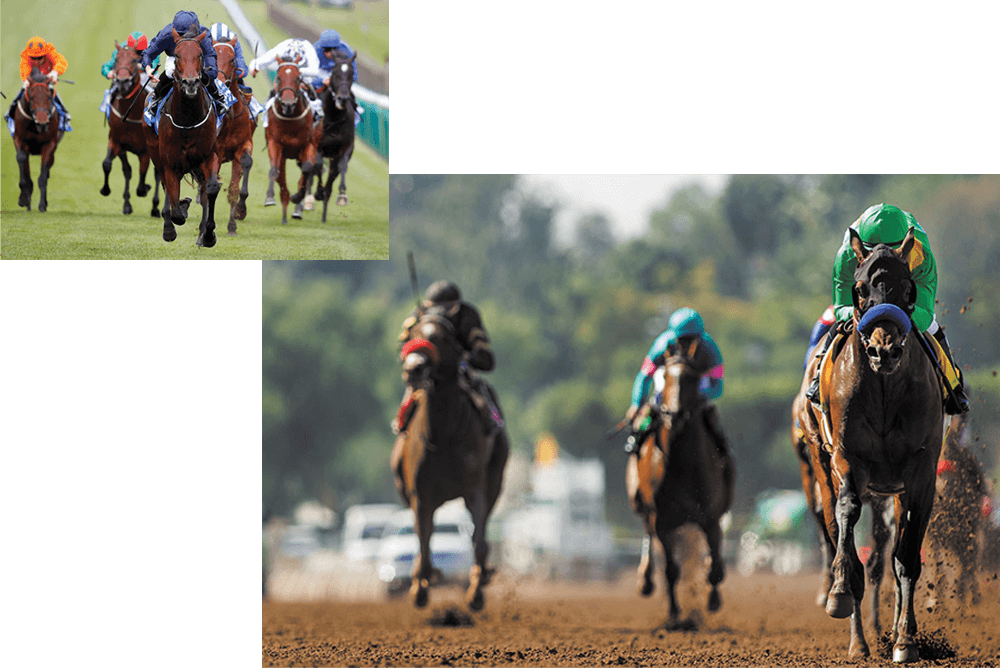
We’re trying to raise you a good horse.
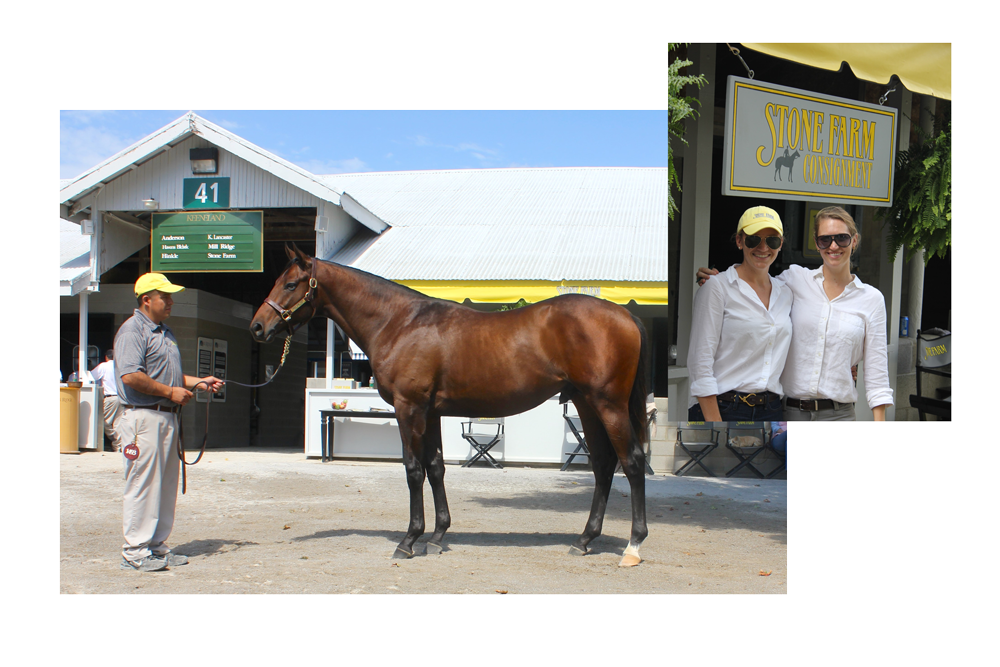
We sell only what we raise.
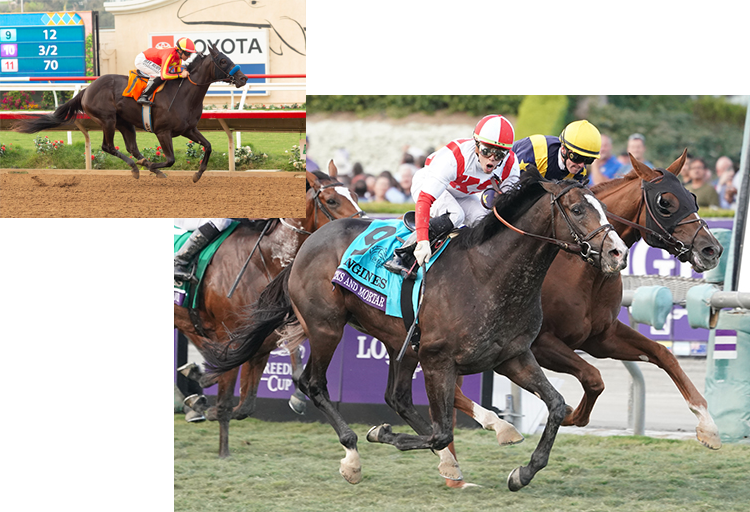
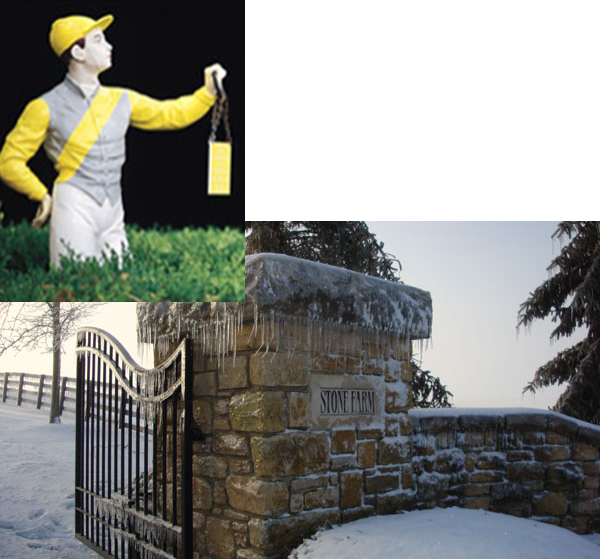
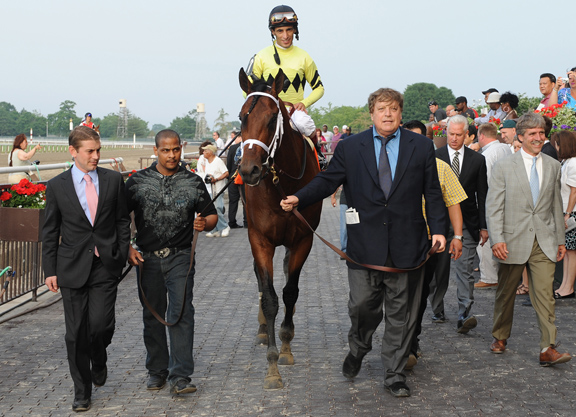
By Chris McGrath
To those of us who view Arthur Hancock as a beacon not just of professional illumination but also of human warmth, there’s only one horse to be rooting for in the Kentucky Derby this year. Because for Hancock to breed another winner, having already raised and/or co-owned three, would add truly senatorial laurels to those earned through the gladiatorial strife of his earlier career. Pending any such fresh consummation of his genius, however, let’s be grateful that his own, living legacy has become entwined with the extraordinarily dynamic bequest that keeps alive the memory of Ned Evans.
Nobody can know what fate next has in store for Roadster (Quality Road), or the 19 horses still liable to get in his way next Saturday. But Hancock has always had an ear for the whisperings of destiny and couldn’t resist sending a mare bought at the Evans dispersal to a stallion also bred by his late friend.
As a result, the GI Santa Anita Derby winner represents a top-to-bottom tribute to a man whose own lack of an heir has ultimately made grateful legatees of us all.
First and foremost, there is the charitable foundation that bears his name, majoring in research into myelodysplastic syndromes of the type that cut down Evans himself, at just 68. Shortly before his death, moreover, Evans gave $50 million towards a new campus for the Yale School of Management. So while it is difficult to argue that his contribution to our sport can ever match those made to somewhat less frivolous endeavours, even a record-breaking $62-million dispersal (itself a spectacular windfall for the Foundation) cannot put an adequate value on bloodlines since shown to be priceless.
Evans died on the last day of 2010. Horse of the Year, in 2011, was Havre De Grace–a graduate of the only crop sired by Saint Liam (Saint Ballado), bred by Evans and accorded the same accolade himself in 2005. Saint Liam’s half-sister Quiet Giant (Giant’s Causeway), fresh off a Grade II win, brought $3 million at the dispersal and her first foal became another Horse of the Year in Gun Runner (Candy Ride {Arg}). And meanwhile, above all, we have seen the rise and rise of Quality Road (Elusive Quality), who covered his first mares at Lane’s End just weeks after the loss of his breeder.
Quality Road actually straddles the margin between the Evans who concerns us here, and the Evans whose endowments are making no less impact out in the “real” world. For the Foundation retains eight shares in the stallion–equity, happily, that has gone through the roof after he sired another five Grade I winners last year.
Elevated to a giddy $150,000, Quality Road is certainly proving immune to vertigo, promptly giving himself a legitimate shot of the Oaks–Derby double between Bellafina and Roadster. But it is his maternal line that compounds the potential for Roadster to carve the ultimate monument to Evans. Because you have to go all the way back to his sixth dam to break the Spring Hill Farm connection, the fifth being one of the first purchases made for the pasture Evans was beginning to acquire around Casanova, Virginia.
Her name was Lunar Dancer, and she was from the third crop of Northern Dancer out of a sister to Lincoln Road, runner-up to Tim Tam in the 1958 Kentucky Derby and Preakness. In time, Evans mated her with Tentam, whose phenomenal dam Tamerett happened to be a daughter of Tim Tam. Hancock will doubtless approve Evans having worked these concentric circles of fate.
(Besides Tentam, who set a world record on turf at Saratoga, Tamerett produced European champion miler Known Fact; Secrettame, dam of Gone West; and is also fourth dam of blue hen Oatsee (Unbridled).)
Lunar Dancer’s daughter by Tentam, Intentional Move, gave Evans millionaire Gold Mover (Gold Fever) plus Grade I winner Dance Teacher (Smarten). The latter’s daughter Ransom Dance (Red Ransom), though unable to win herself, produced a handful of useful performers and/or producers including Ghost Dancing (Silver Ghost)–who caught Hancock’s eye at the Evans dispersal and joined Stone Farm for $220,000. (Carrying, as it turned out, a subsequent Grade I winner in Ascend (Candy Ride {Arg}).
Silver Ghost, incidentally, was out of a half-sister to the mother of Quiet Dance, herself dam of Saint Liam and second dam of Gun Runner. So really this is a ball of Evans wool. But Hancock also noticed that Ghost Dancing is out of a half-sister to the dam not only of GI Prioress S. winner Cat Moves (Tale Of The Cat) but also of More Hennessy (Hennessy).
More Hennessy only managed one start but was carrying a foal by the rookie Quality Road when purchased by Barronstown Stud for $360,000 at the dispersal. That foal turned out to be Quality Road’s first elite performer, Royal Ascot and GI Breeders’ Cup Juvenile Turf winner Hootenanny. That settled it for Hancock, who sent Ghost Dancing to Quality Road.
Another first-crop son of Quality Road to achieve synergy with an Evans family was Blofeld, sold in utero with his dam Storm Minstrel (Storm Cat) to Keats-Grove Farm for $150,000 at the dispersal. Blofeld won two Grade IIs as a juvenile and one of his owners, the estimable Joe Minor, duly alerted to the promise of the sire, sent his mare Akron Moon (Malibu Moon) to Lane’s End the following spring. The result is Bellafina.
Evans built families on performance, believing it created its own value. He was immune to commercial fads and, his Jack Russells apart, evidently was no more of a bonhomous sentimentalist than you would expect in the son of a pioneer of the hostile takeover. His father, of course, won the 1981 Derby with Pleasant Colony. But if Roadster can emulate that success then the Evans legacy, through the providential agency of Hancock, will be crowned by something that-well, darn it, something that just feels right.
